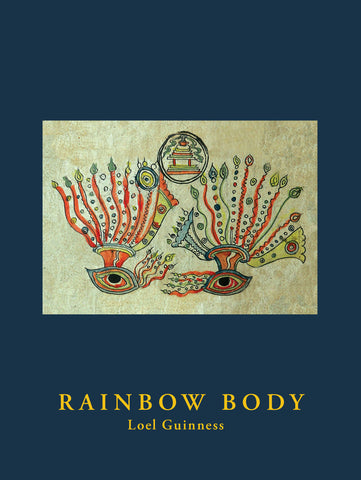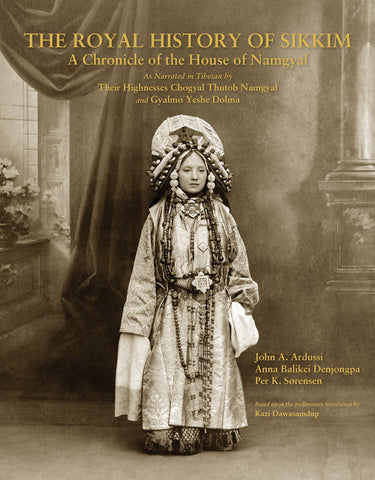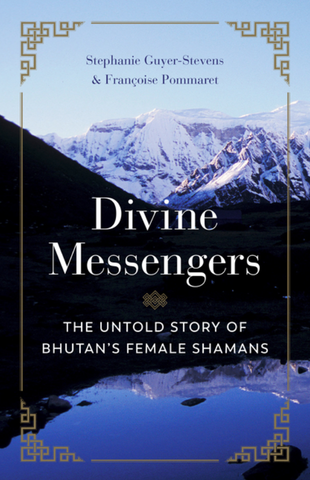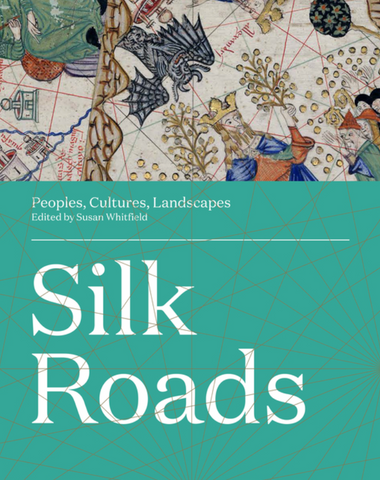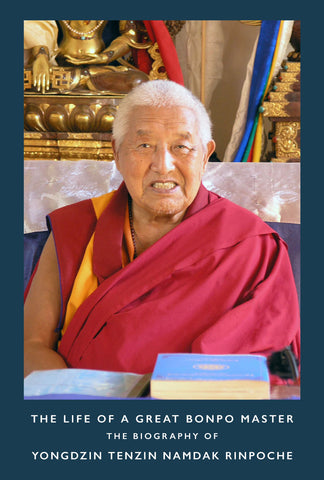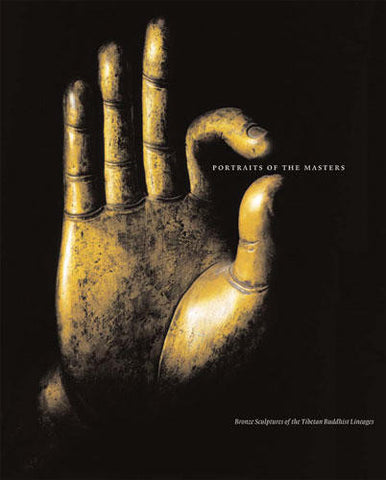
Portraits of the Masters: Bronze Sculptures of the Tibetan Buddhist Lineages
Portraits of the Masters: Bronze Sculptures of the Tibetan Buddhist Lineages
Tibetan Vajrayana Buddhism is rapidly becoming a part of our cultural landscape, an element of human civilisation with its own universal appeal. Nevertheless public awareness remains limited concerning the great teachers and visionaries who over fourteen centuries formulated and expounded the system of thought which in the 21st century seems the most contemporary of the world religions. And yet there is a rich written tradition dating back at least 800 years documenting their lives and teachings, and an even more ancient tradition of portraiture in sculpture and painting which strove to capture both the physical and spiritual presence of these lamas.
Portraits of the Masters unfolds for the first time a pictorial history of a dynamic and living religious tradition. A catalogue of 108 portrait bronzes of great masters of the Tibetan Buddhist traditions, it presents an innovative history of these teaching lineages based on and illustrated by the collection. Ranging in date from the 12th to 18th century, the sculptures in Portraits of the Masters span the most productive period in the history of Tibetan Buddhist art, providing unparalleled illustration of Tibetan portraiture’s long and varied history.
Prefaced with a groundbreaking and comprehensive history of Tibetan portraiture, the collection is presented in five sections devoted to the Arhats, drawn from the Buddha’s original Indian disciples, and to the native Tibetan schools of the Nyingma, Kagyu, Sakya, and the Kadam and Geluk. Each section opens with a history of the tradition, written by leading scholars of Tibetan Buddhism. These histories not only illumine the lives of the great masters, but also eloquently articulate the basic precepts of their teachings. The sculptures are then examined within this context – the history and images breathing life into each other.
We Also Recommend

